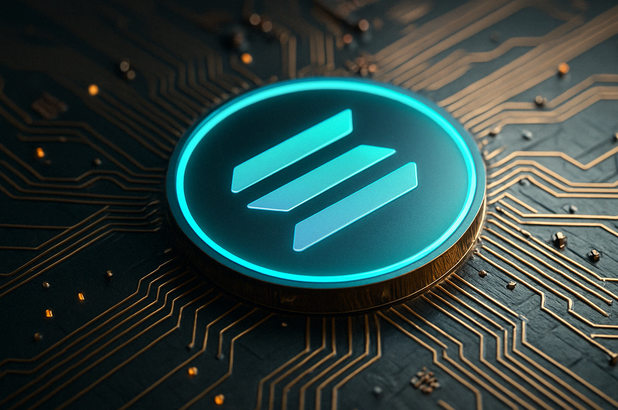Solana: A High-Performance Blockchain Attracting Institutional Investors
Solana has emerged as a leading blockchain network known for its impressive speed, low transaction fees, and growing ecosystem. According to a recent report by Grayscale, Solana’s network generates approximately $5 billion in annual revenue from transaction fees alone, with monthly fees around $425 million. This significant economic activity highlights the robust adoption and usage of the platform.
### Fast and Affordable Transactions
One of Solana’s key strengths lies in its performance metrics. The blockchain processes transactions in just 12 to 13 seconds, with average block times of approximately 400 milliseconds. Transaction fees remain remarkably low, averaging around $0.02 per transaction. These features make Solana one of the fastest and most cost-effective blockchains available today, attracting both developers and users seeking efficient decentralized solutions.
### A Thriving Developer Ecosystem
The Solana ecosystem boasts over 1,000 full-time developers who actively build and maintain a wide range of decentralized applications (dApps). These cover diverse sectors such as decentralized finance (DeFi), telecommunications, and consumer technology. Popular DeFi platforms like Raydium, as well as consumer apps such as Pump.fun and Helium, demonstrate the versatility and growing adoption of Solana’s infrastructure.
### Token Economics and Staking Rewards
At the core of the network is the SOL token, which powers transactions and supports decentralized applications running on the blockchain. SOL holders can participate in network security by staking their tokens, earning annual yields close to 7%. When accounting for the token’s inflation rate of 4% to 4.5%, the net real returns for stakers range between 2.5% and 3%, providing incentives for sustained engagement with the network.
### Scaling Up with Firedancer
In an effort to further improve scalability, the Firedancer project has proposed removing compute limits on blocks, which would increase network throughput. Currently under community review, this upgrade promises to enhance Solana’s ability to handle surges in demand. Firedancer is also being tested to improve validator performance, potentially boosting the network’s overall efficiency.
### Institutional Interest and Market Outlook
Grayscale’s analysis underscores Solana’s appeal to institutional investors drawn by its high throughput and low transaction costs. Analyst Lark Davis has predicted the SOL token could reach $425, fueled in part by hopes for a spot exchange-traded fund (ETF) approval. Such regulatory progress would simplify institutional investment in Solana, potentially accelerating adoption.
Currently, Solana has approximately 547 million tokens in circulation and employs a combination of Proof of History and Proof of Stake mechanisms to achieve its high transaction speeds. Trading platforms like Jupiter facilitate significant trading volume on the network, while continuous integration with DeFi and stablecoin applications reinforces Solana’s position as a top smart contract platform.
—
Solana’s rapid transaction times, affordable fees, active developer ecosystem, and promising token economics position it as a compelling blockchain platform poised for continued growth and institutional adoption. With ongoing upgrades like Firedancer and increasing market interest, Solana’s future in the decentralized technology landscape looks bright.
https://coincentral.com/solana-sol-price-rebounds-as-network-generates-5b-in-annual-fees/

